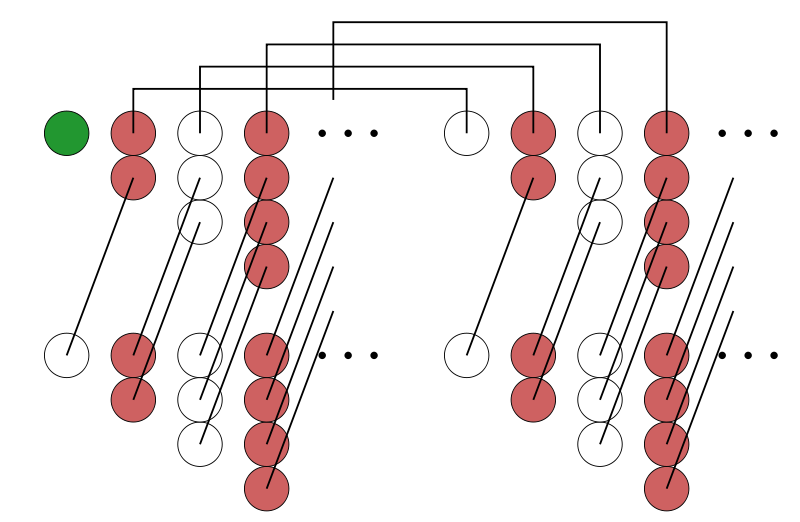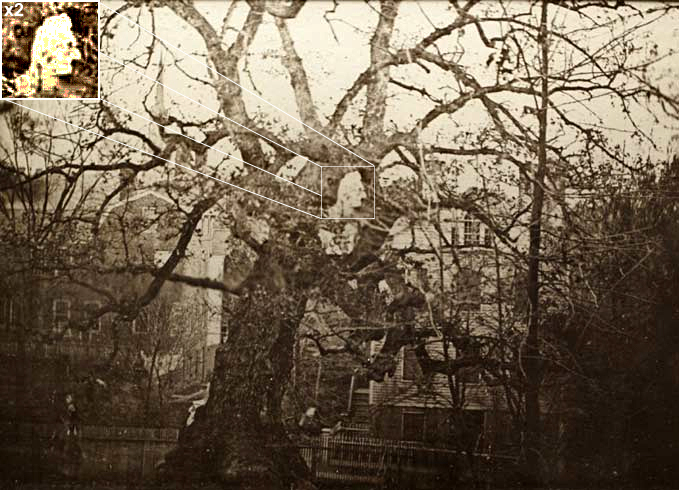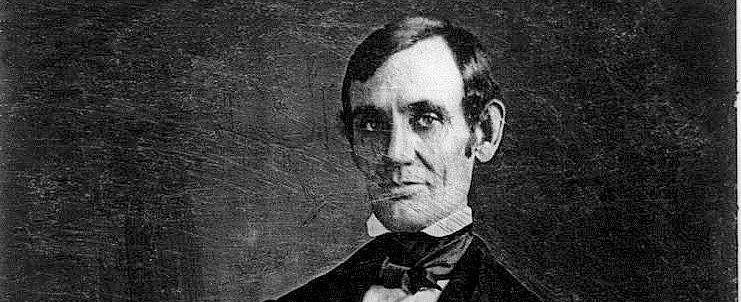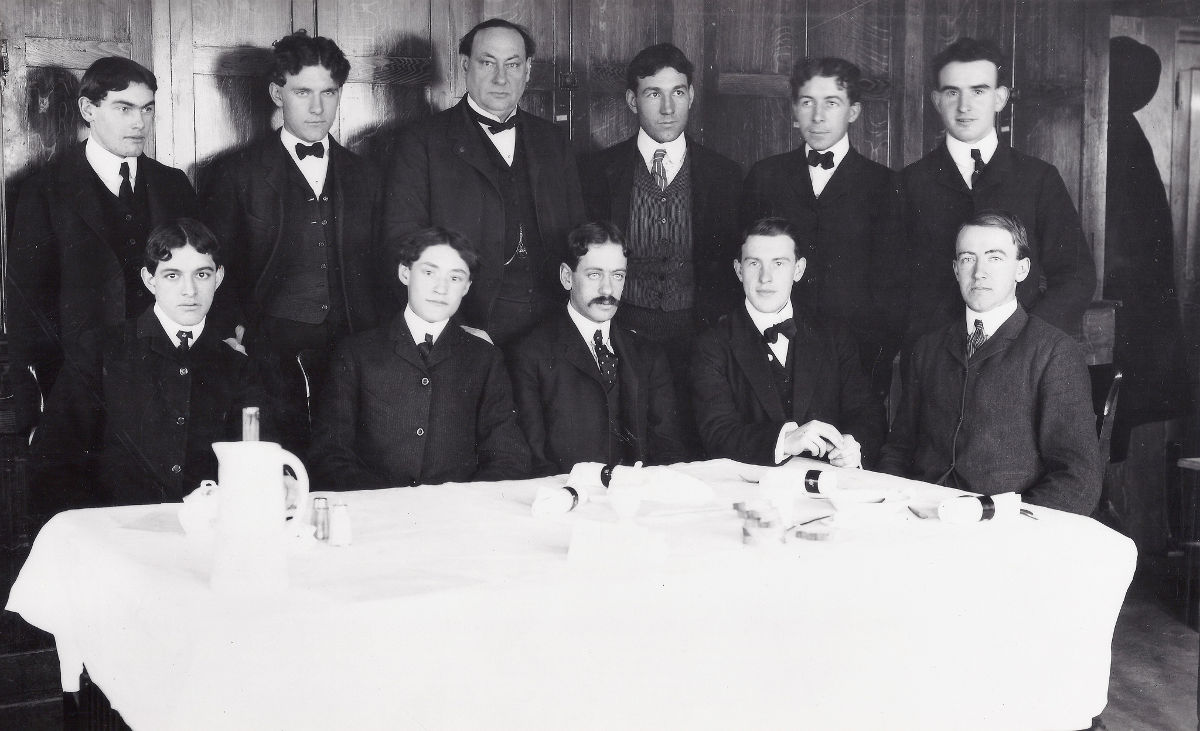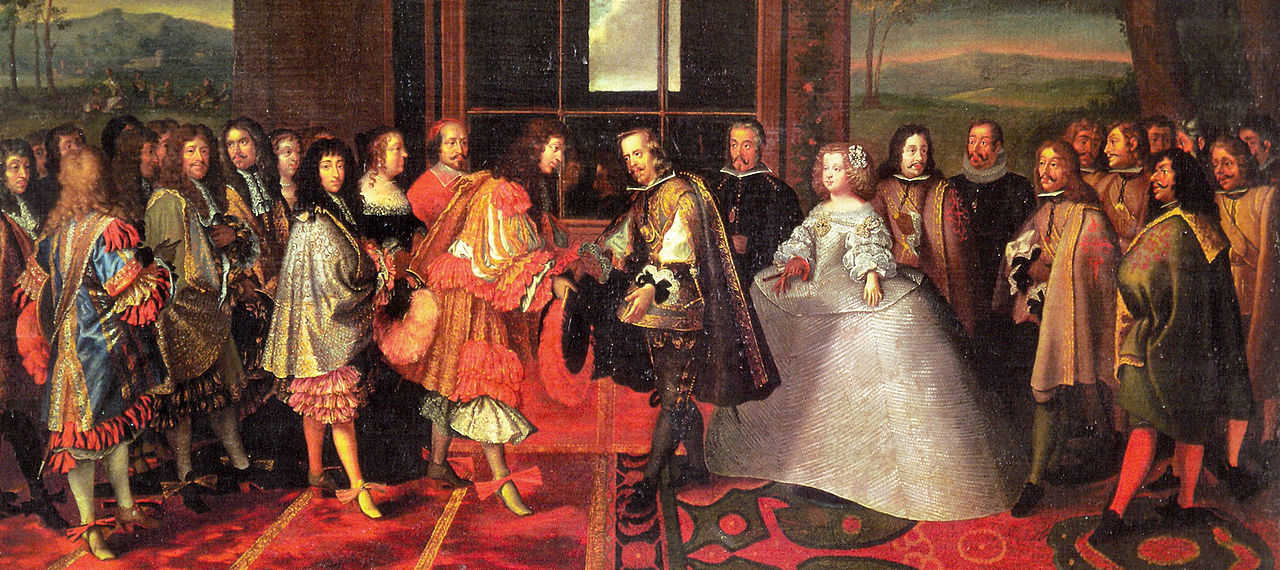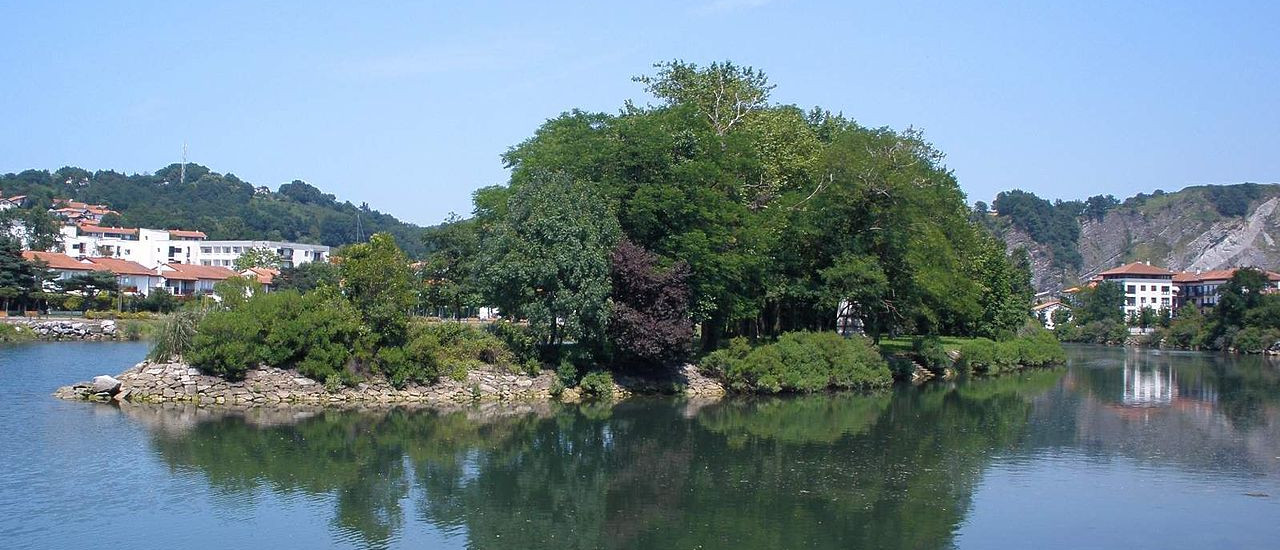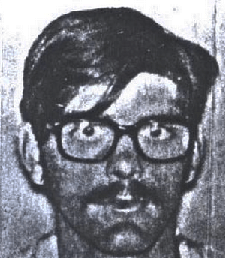In 1984, a British homemaker was reading at home when a voice told her, “Please don’t be afraid. I know it must be shocking for you to hear me speaking to you like this, but this is the easiest way I could think of. My friend and I used to work at the Children’s Hospital, Great Ormond Street, and we would like to help you.” She tried to ignore it, but the voice said, “To help you see that we are sincere, we would like you to check out the following,” and gave her three pieces of information that she had not known. When these proved to be true, she consulted her doctor, who referred her to Ikechukwu Obialo Azuonye, a consulting psychiatrist at the Lambeth Healthcare NHS trust.
An examination found nothing, so he diagnosed her with a functional hallucinatory psychosis, and after two weeks of counseling and thioridazine the voices ceased and she went on holiday. But they soon returned, telling her that she needed immediate treatment and giving an address, which turned out to be the computerized tomography department of a large London hospital. The voices told her that she needed a brain scan because she had a tumor and her brain stem was inflamed.
Azuonye found no evidence of this, but she was so distressed at this point that he ordered the scan anyway, and it showed evidence of a meningioma with a left posterior frontal parafalcine mass extending through the falx to the right side. She elected immediate surgery (the voices agreed), and the operation was carried out in May 1984. When she regained consciousness, she heard the voices for the last time. They said, “We are pleased to have helped you. Goodbye.”
When Azuonye presented this case at a conference in 1996, three opinions seemed to prevail. Some thought that the voices had been telepathic communications from people who had learned about the tumor psychically and were trying to warn the patient. Others thought that the patient had known about the tumor before coming to the U.K. and had invented the story in order to get free medical care under the National Health Service (this seems unlikely, as she’d been living in the U.K. for 15 years before hearing the voices).
The third explanation, which Azuonye shared, was that the presence of the meningioma had triggered enough residual sensations to alert her that something was wrong, and that her fear had led her unconsciously to take in information about London hospitals, which was expressed by the voices. The fact that the voices stopped when the tumor was removed showed that the symptoms had been related to the presence of the lesion.
(Ikechukwu Obialo Azuonye, “A Difficult Case: Diagnosis Made by Hallucinatory Voices,” BMJ 315:7123 [December 20, 1997], 1685-1686.)

